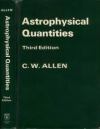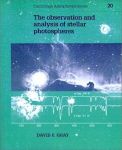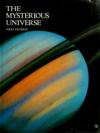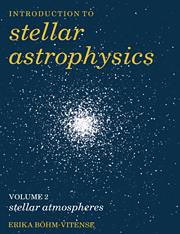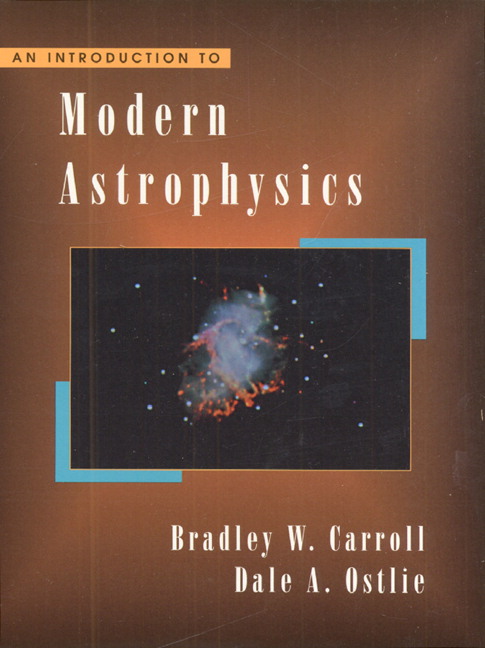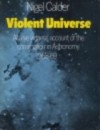
Image credit: NAOJ/Subaru/J. Carson (College of Charleston)/T. Currie (University Toronto). The light from the host star is subtracted in software.
The recent discovery of a 13 Jupiter mass companion to kappa Andromedae (above), a B9 dwarf and one of the most massive stars yet found to host a planet, together with the ‘rogue planet’ in the AB Doradus moving group with 4 to 7 Jupiter masses, brings to mind once again the linked questions of the formation processes of these kinds of objects and whether they should be thought of as low-mass brown dwarfs or planets. Thirteen Jupiter masses is an interesting figure because this is the mass below which no fusion at all, not even of deuterium, can occur during the lifetime of the body. The former discovery seems to show that objects of this mass might form as planets do, in a disc as part of the star formation process itself, and the latter one that objects of lower mass can form as stars do, perhaps in isolation. Bear in mind that it is likely that free floating planets could have been thrown out (dynamically ejected) from parent clusters very early in the star formation process.

All of this muddles the answers to simple questions such as what constitutes an image of an extrasolar planet and when was the first one obtained? The companion to the brown dwarf 2M1207 (right) in the TW Hya region, is an early candidate. It was discovered in April 2004 and is only just over 50 parsecs distant. It is not unique. But orbiting another brown dwarf as it does, can it truly be considered a planet or did the system form in a process of fragmentation in a molecular cloud, like a binary star? Being young, only 8 Myr, the object shines brightly in the infrared by the heat of its own formation. So, the spectral type (L, ~1600K, under debate) is more typically that of a more massive, older object well above the deuterium burning limit, perhaps even an ultra low-mass star. However the mass obtained by comparison with predictions of evolutionary models is not more than 5 Jupiter masses.

We do not, though, have to rely on finding examples by chance in these very young regions which are typically hard to census because of contamination by field stars and extinction by dust. Improvements in wide-field survey and detection technologies now allow the identification of objects in the field (CFBDSIR 1458+10, left), with cooler effective temperatures. These could have any age from a very few Gyr up to the age of the Galaxy. Errors on the masses are large because of uncertainties in the modelling of the emergent spectra; 6 to 15 Jupiter masses for the fainter object of the pair, still small enough to be called a planet. But bearing in mind the likely formation process, we think of these objects as cooling low-mass brown dwarfs.

What about objects of similar mass orbiting more solar-type stars? The companion to 1RXS J160929.1-210524 (right) is around 8 Jupiter masses, spectral type L4 orbiting a young K7 dwarf at 330 AU. This was imaged in 2008 and confirmed two years later. This scale is ten times the size of the solar system! This alone suggests this companion is more like a brown dwarf companion than a planet, again analogously to an unequal mass stellar binary. Since a determination of the orbital eccentricity is unlikely owing to the long period – but a circular orbit would be more planet-like – we can only note that the kappa And ‘planet’ at least is only twice as far from its star as Neptune is from the Sun.

The young, solar-type star beta Pictoris (right) is well known for its dusty debris disk which, like that of Fomalhaut, was first detected as early as 1984. I have looked at the putative planet of Fomalhaut in a previous post; its existence and nature remain controversial. The beta Pic planet on the other hand was first sought in 2003 and definitively detected in later analysis of the same dataset. The orbital motion has now been confirmed. The planet orbits at a distance of between 8 and 15 AU, comparable to the orbit of Saturn, and has around 8 Jupiter masses. It is much more likely than any of the objects discussed so far to have formed in a similar way to the gas giants of the Solar system.

The HR 8799 multiplanet system (left) was first found in 2007-8 around the star, which like beta Pic is young and somewhat more massive than the Sun. These planets are distant from the host star (25, 40 and 70 AU) but represent the first directly imaged multi-planet system. Masses between 5 and 13 Jupiters are derived. A fourth planet was subsequently detected in 2010. Orbital motion is also confirmed. The system is a testbed for distinguishing between competing planetary formation scenarios based on disk instabilities or core accretion.

Finally, I note the imaging of what might be more correctly called a protoplanet around the 2 Myr object Lk Ca 15 in the Taurus star-forming region (above). The mass of this planet, still forming and seen through a gap in the protostellar disk, is highly model dependent but likely about 6 Jupiter masses. This detection provides crucial insight into the gas giant formation process at the epoch of assembly. The protoplanet appears surrounded by dusty material and is around 11 AU from its host object. A complete list of all direct imaging detections of a wide variety of objects up to 30 Jupiter masses can be found here. As a footnote, I note also the indirect detection of a disk around the 14 Jupiter mass, 5 Myr, L0 companion to GSC06214-00210, in the Upper Sco association.
































































